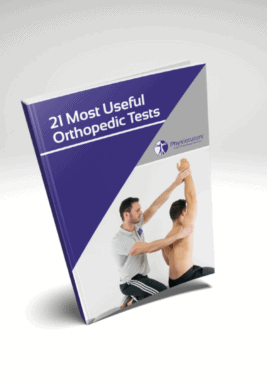Learn
Midfoot Zone Algorithm | Ankle Fracture Assessment in Children
The midfoot zone algorithm was developed by Dayan et al. (2004). Their goal was to develop a maximally sensitive clinical prediction rule to identify fractures after ankle injuries in children younger than 18 years of age. This includes fractures of the base of the metatarsals, navicular bone, the calcaneus, cuboid, or cuneiform. They argue the importance of such a new CPR as validation studies of the Ottawa Ankle Rules in a population of children resulted in conflicting results.
A recent systematic review by Barelds et al. (2017) looked at various clinical prediction rules for ankle and midfoot fractures and reports a sensitivity of 95% and specificity of 32% for the midfoot zone algorithm.
The CPR has yet to reach further validation and the authors report several possible limitations, which is why for now, we give it a moderate clinical value.
The midfoot zone algorithm goes as follows and aims to identify significant or high-risk fractures in children younger than 18 years of age after an acute twisting ankle injury.
The one and only step is to check for tenderness over the fifth metatarsal or cuboid. If that is the case, there is high risk of fracture that would warrant radiographic imaging.
Be aware that this doesn’t mean that there is a high chance for a fracture (still below one 1 out of 3 due to the low sensitivity), but we cannot safely rule out a fracture.
21 OF THE MOST USEFUL ORTHOPAEDIC TESTS IN CLINICAL PRACTICE

Other common tests to screen for ankle fractures are:
Low Risk Ankle Rule for Ankle Fractures in Children
Malleolar Zone Algorithm for Fractures in Children
References
Like what you’re learning?
BUY THE FULL PHYSIOTUTORS ASSESSMENT BOOK
- 600+ Pages e-Book
- Interactive Content (Direct Video Demonstration, PubMed articles)
- Statistical Values for all Special Tests from the latest research
- Available in 🇬🇧 🇩🇪 🇫🇷 🇪🇸 🇮🇹 🇵🇹 🇹🇷
- And much more!








